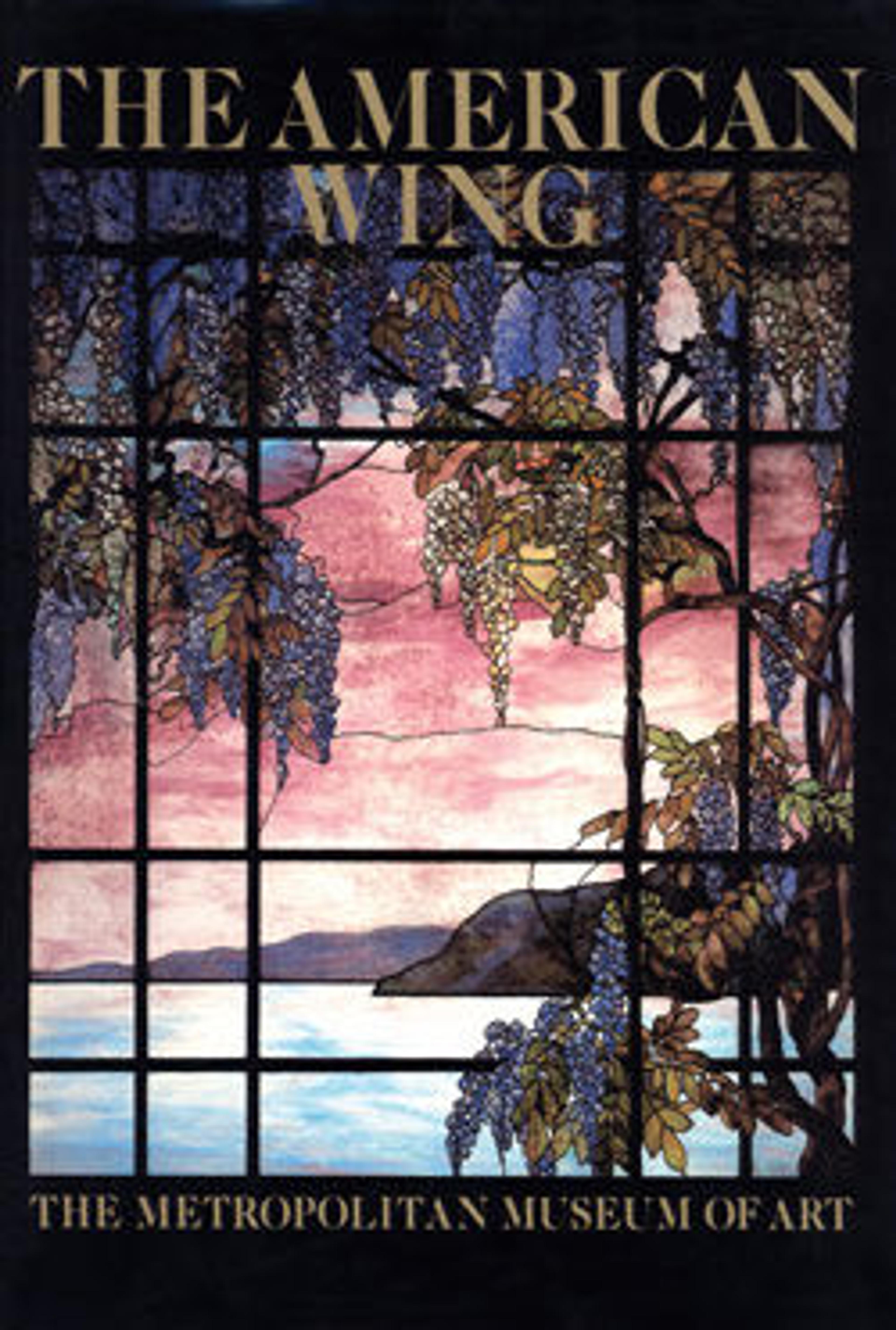Welcome: Stained Glass Window from the Mrs. George T. Bliss House, New York
John La Farge was Louis Comfort Tiffany’s closest rival in the use of opalescent, colored, and textured glass. This window, completed the year before La Farge’s death, was one of his most complex works. Commissioned in 1908 by Mrs. George T. Bliss for her house at 9 East Sixty-Eighth Street in New York City, it features a young woman in classical garb welcoming visitors while drawing back a portiere—a replication in glass of a Chinese embroidered textile originally owned by the Bliss family. The cloisonné technique of joining together many tiny pieces of glass was used to evoke folds in the figure’s gown. Decorative panels with garlands and Pompeian ornament frame the window. The work took over a year to complete, but La Farge considered it “the finest piece of glass ever made. . . . I am proud of it beyond what I can explain.”
Artwork Details
- Title: Welcome: Stained Glass Window from the Mrs. George T. Bliss House, New York
- Maker: John La Farge (American, New York 1835–1910 Providence, Rhode Island)
- Date: 1908–9
- Geography: Made in New York, New York, United States
- Culture: American
- Medium: Leaded opalescent glass, cloisonne glass, copper wire, paint
- Dimensions: 156 x 96 in. (396.2 x 243.8 cm)
- Credit Line: Gift of Susan Dwight Bliss, 1944
- Object Number: 44.90
- Curatorial Department: The American Wing
More Artwork
Research Resources
The Met provides unparalleled resources for research and welcomes an international community of students and scholars. The Met's Open Access API is where creators and researchers can connect to the The Met collection. Open Access data and public domain images are available for unrestricted commercial and noncommercial use without permission or fee.
To request images under copyright and other restrictions, please use this Image Request form.
Feedback
We continue to research and examine historical and cultural context for objects in The Met collection. If you have comments or questions about this object record, please contact us using the form below. The Museum looks forward to receiving your comments.
